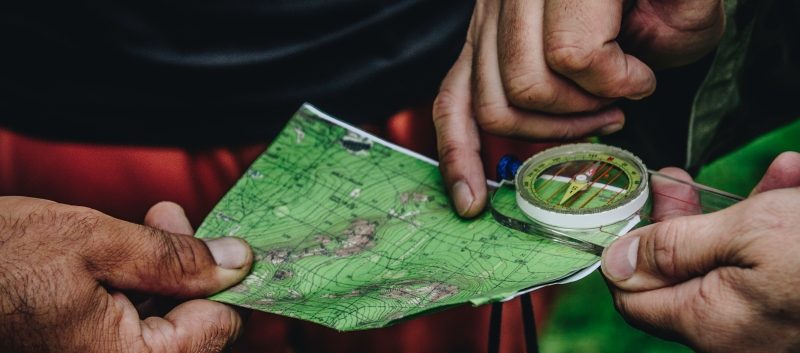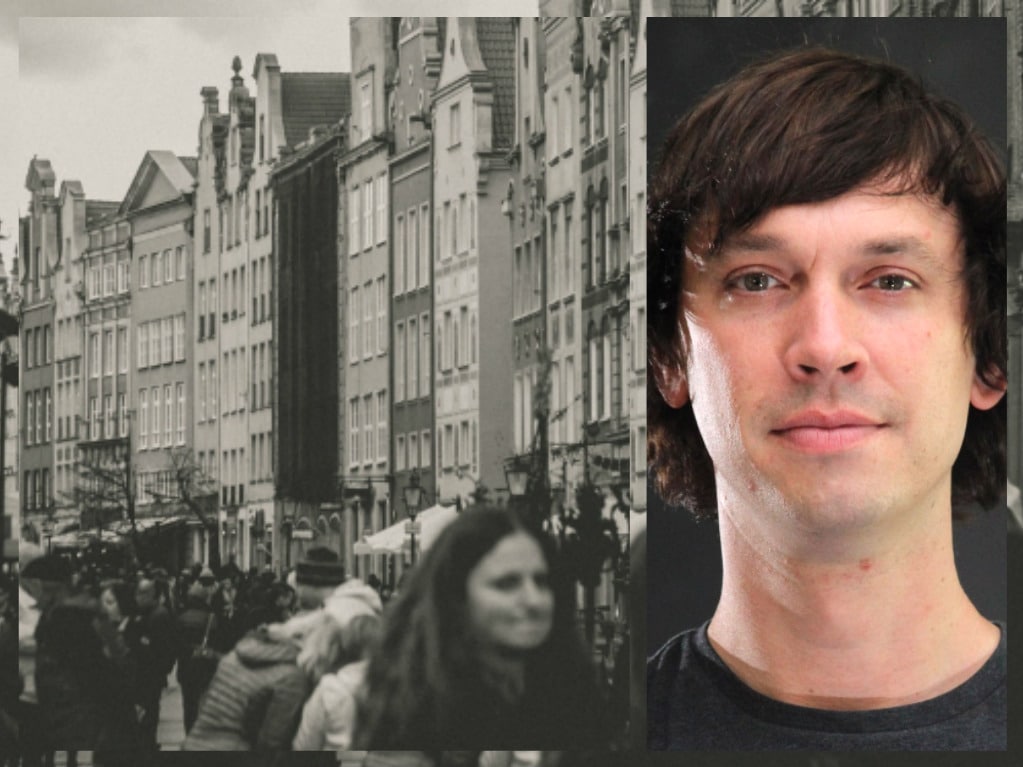Why the Haystack Prayer Meeting Matters Today

posted by Marv Newell

The stacking of loose hay was a method used by farmers in a by-gone era for the storing and readying of hay for livestock consumption. First, a simple wooden frame, much like a teepee frame, was erected in a newly cut hayfield. It was usually elevated a couple feet off the ground on large stones or planks to keep the hay from touching the ground so field mice and rats wouldn’t infest it. The newly harvested hay was then pitched onto the frame, gradually forming into a 10-12 foot high cone-shaped mound hollow on the inside. The outer layer was then “combed” so rain could run off, preventing the stack from rotting, while the inside, being hollow, prevented the hay from fermenting and possibly catching fire from within.
On a hot Saturday afternoon in August of 1806, such a stack became the unlikely impetus for the North American mission movement. On the outskirts of Williams
The students – Samuel Mills, James Richards, Robert Robbins, Harvey Loomis, and Byram Green – ran for shelter and ended up inside a nearby haystack. The typical construction and size of the haystack made a cozy meeting place for that small band. They could literally talk face-to-face without interruption. It was in that close quarters, after discussing Carey’s missionary manifesto, that they went before God in prayer. Enamored by the example of Carey, Mills proposed they all go as missionaries to India. Then he uttered his famous words to seal his proposal, “We can do it if we will.”
That meeting spawned a group that became know as “The Brethren,” where others joined them on a regular basis of focusing on prayer and missions. This group in turn became the impetus for the founding of The American Board of Commissioners for Foreign Missions (ABCFM) in 1810, the first official missions organization in North America and the largest throughout the nineteenth century. The ABCFM commissioned their first five missionaries for service in India on February 5, 1812.
Why does this seemingly inauspicious prayer group, meeting in an unusual location, matter today?
- It marks the seedbed and pre-launch of the North American foreign mission movement. This event takes North American missions back to its very roots. In just a couple of weeks this precursor of the North American foreign mission movement will be 210 years old. That is worth remembering and commemorating. Yes, I know there are some who lay claim to an earlier date, advocating a different location and other personalities, but those claims are dubious and unsubstantiated. The historical record is clear that the Haystack Prayer Meeting was the impetus of the North American foreign mission movement.
- It reminds us of reliance on prayer. Maybe it is more accurate to say it reminds us of reliance on God as shown through our prayers. It is significant to note that the mission movement was preceded and bathed in prayer. It did not start out as an anthropocentric movement, just as it should not be today. That small gathering under a mound of hay was not a logistical debate, a planning meeting or a strategy session. It was a time of humble surrender and willful commitment to a cause never undertaken previously. It involved full surrender to the will and plan of God as evidenced by faith-infused prayer.
- It reminds us of the human element that missions demands. Someone has insightfully said, “Pray as if it is up to God; work as if it is up to you.” Inside that darkened heap Samuel Mills uttered his famous words, “We can do it if we will.” When you stop to think about it, that axiom can be taken two different ways: either having the will to act, and/or deliberately taking action. The human element coupled with divine enablement is powerful and needful in missions.
- It shows that a tiny seed can grow and produce bountiful fruit. That seemingly insignificant gathering was the stimulus for something momentous – the North American foreign mission movement. Not only was it the incentive for the establishment of The American Board of Commissioners for Foreign Missions four years later, but also for all other mission boards that would follow. Mills himself went on to help found The American Bible Society (1816) and the American Colonization Society (1817) before dying on board ship on his way back from Africa in 1818. From that tiny beginning the North American mission movement has become the great ground swell that it is today.
- It motivates us to keep on keeping on. After those five students graduated from Williams College they went on to Andover Seminary and from there petitioned the Congregationalist leaders to form the ABCFM. In the intervening years they never lost the vision of that original meeting. They were immediately met with skepticism. It took repeated meetings and a series of persuasive arguments to get the decision makers to agree. Novel and new ideas are always met with suspicion and doubt, but remaining resolute in purpose, they persevered. And that perseverance paid off. The resultant movement springing forth from North America that has flourished over the past 200 years is the fruit of their determination.
As I write this, my staff is in the process of collecting data from 1,700 North American mission agencies (US and Canada) for the next edition of the Mission Handbook. It is humbling to think that this vast movement began with a small band of college students huddled together under a nondescript haystack in a New England hayfield on a rainy August afternoon.






Responses